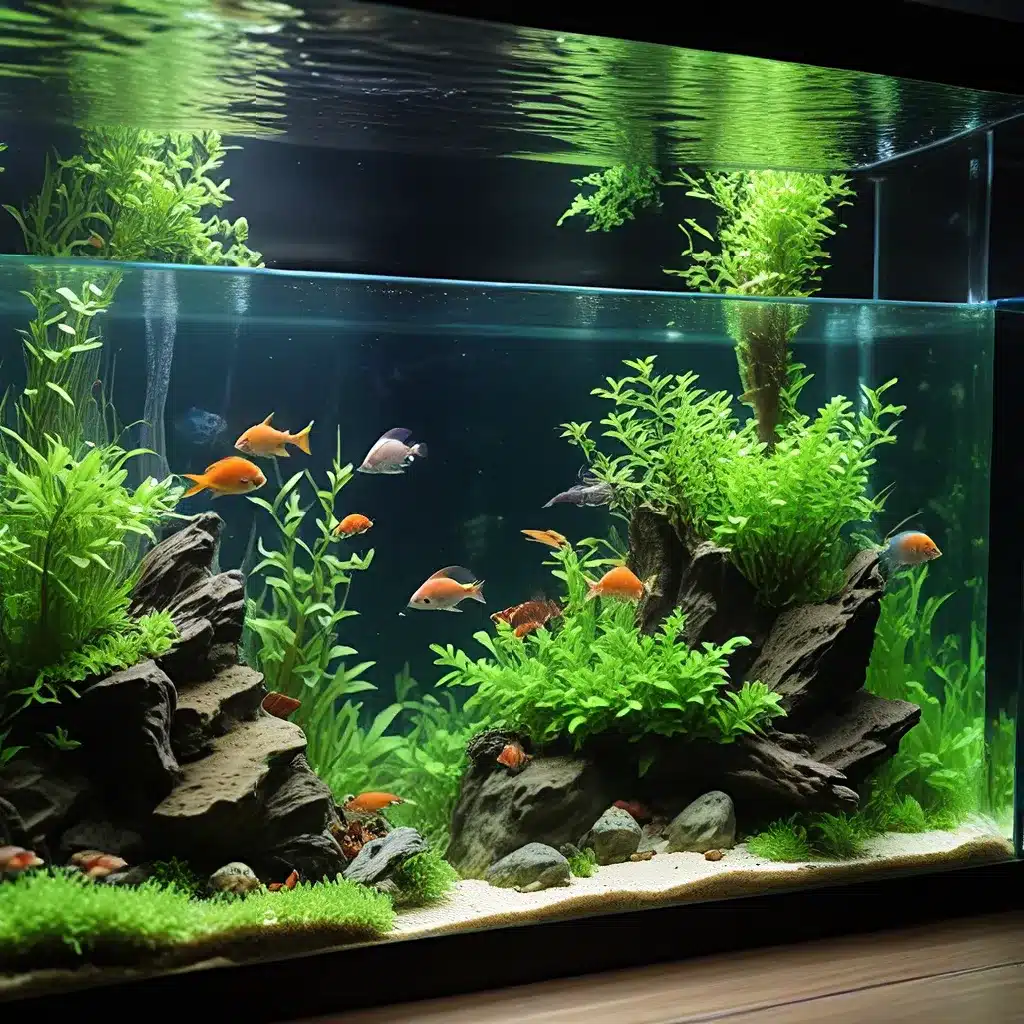
As passionate aquarium enthusiasts, we have a unique opportunity to make a positive impact on the environment through our hobby. By embracing sustainable aquarium practices, we can not only create stunning underwater ecosystems but also reduce our overall environmental footprint. In this comprehensive guide, we’ll explore various techniques and strategies to help you cultivate a more eco-friendly aquarium while maintaining the health and vibrancy of your aquatic inhabitants.
Reducing Energy Consumption and Emissions
One of the primary ways to enhance the sustainability of your aquarium is by focusing on energy efficiency. Energy-efficient lighting is a crucial starting point. By transitioning to LED bulbs, you can significantly reduce your aquarium’s energy consumption while maintaining optimal lighting conditions for your plants and fish. LED aquarium lights not only use a fraction of the energy compared to traditional bulbs but also generate less heat, minimizing the strain on your aquarium’s cooling system.
Another innovative solution to consider is geothermal heating and cooling systems. By harnessing the natural thermal energy stored in the earth’s crust, these systems can provide both heating and cooling for your aquarium, reducing your reliance on traditional energy sources. This approach, as demonstrated by the Texas State Aquarium, not only lowers your carbon footprint but also contributes to long-term energy savings.
Waste Management and Recycling
Responsible waste management is a crucial aspect of sustainable aquarium practices. The proper disposal and recycling of aquarium waste, such as fish waste, plant matter, and filter media, can have a significant impact on the environment. By partnering with local composting facilities or implementing on-site composting systems, you can repurpose these organic materials and reduce the amount of waste sent to landfills.
Embracing recycling programs for aquarium equipment, including glass, plastic, and metal components, is another effective way to minimize your environmental impact. Many aquarium manufacturers and retailers now offer specialized recycling services to ensure that these materials are properly processed and reused.
Reducing Plastic Waste
Single-use plastic is a major contributor to ocean pollution, and the aquarium industry is not immune to this issue. By making conscious efforts to reduce the use of single-use plastics in your aquarium operations, you can play a vital role in protecting our waterways.
Consider switching to reusable water bottles, food containers, and aquarium decor made from sustainable materials like glass, aluminum, or bamboo. Encourage your local aquarium store to stock these eco-friendly alternatives and support businesses that prioritize sustainable practices.
Water Conservation and Responsible Water Management
Water is the lifeblood of any aquarium, and responsible water management is essential for maintaining a healthy and thriving ecosystem. Implement water-saving strategies, such as using efficient water change routines, installing water-efficient filtration systems, and exploring aquaponic systems that recycle nutrients and reduce water consumption.
Additionally, consider incorporating native or drought-tolerant aquatic plants into your aquascaping designs. These plants often require less water and can contribute to a more self-sustaining aquarium environment.
Sustainable Aquascaping Techniques
The art of aquascaping, or the aesthetic design of an aquarium, can also be approached in a sustainable manner. Opt for native, low-maintenance plant species that require fewer resources and are well-suited to your local climate and water parameters. This not only enhances the natural beauty of your aquarium but also reduces the need for energy-intensive interventions, such as frequent trimming or dosing of chemical fertilizers.
Explore aquascaping styles that mimic natural ecosystems, such as the Nature Aquarium or the Iwagumi approach. These techniques often rely on natural materials, such as driftwood, rocks, and gravel, to create visually stunning and harmonious underwater landscapes.
Sustainable Fish Selection and Breeding
When it comes to stocking your aquarium, make informed choices that prioritize sustainable fish species. Avoid purchasing fish that are harvested from the wild, as this can contribute to the depletion of natural populations. Instead, look for captive-bred fish or species that are sustainably farmed, ensuring that your aquarium’s inhabitants are not contributing to environmental damage.
Additionally, consider engaging in responsible fish breeding programs within your aquarium. By selectively breeding hardy, disease-resistant fish, you can reduce the demand for wild-caught specimens and contribute to the conservation of aquatic biodiversity.
Supporting Conservation Efforts
As aquarium enthusiasts, we have a unique opportunity to support conservation initiatives that protect our aquatic ecosystems. Donate to reputable organizations, such as the Monterey Bay Aquarium, that are dedicated to conserving marine and freshwater habitats.
Engage with your local aquarium or zoo and explore volunteer opportunities or educational programs that raise awareness about sustainable aquarium practices and the importance of biodiversity. By actively participating in these efforts, you can inspire others and contribute to the long-term health of our aquatic environments.
Remember, sustainable aquarium practices are not just about reducing our environmental impact; they are also a means to create vibrant, thriving ecosystems that we can admire and enjoy for generations to come. By embracing these strategies, we can cultivate a passion for aquarium keeping while actively protecting the natural world around us.

